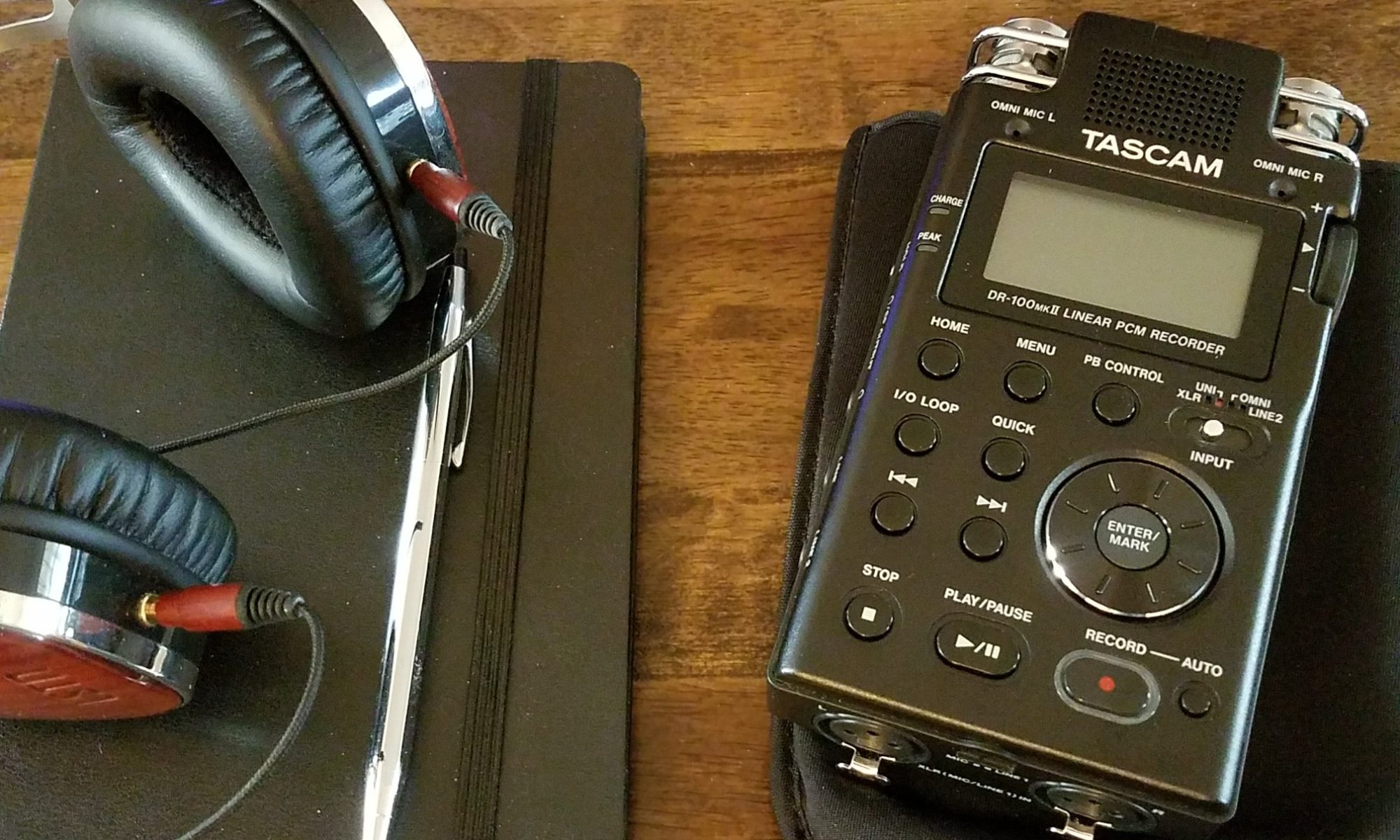Edward Rothstein has written a number of reviews concerning Holocaust museums and education centers over the last few months for the New York Times. The series includes the Museum of Tolerance, the Los Angeles Museum of the Holocaust, and the Illinois Holocaust Museum. In each article, he discusses the complexities of presenting the history of the Holocaust and finds a number of problematic issues as he visits each institution.
Eventually, each of these articles circles back to the trend in Holocaust museums to tie their narratives to prejudice, intolerance, and genocide, rather than merely following a straightforward historical account. For example, during his article on the Illinois Holocaust Museum he comments:
This approach is also used to justify the inclusion of the Holocaust in school curriculums. And it is strange. We wouldn’t expect a museum about World War II to end with lessons about the evils of all wars. We wouldn’t expect an examination of American slavery to end with platitudes about the many despicable ways people treat others as objects. Why then here? Why the reluctance to study history in its context instead of diluting it with generalities and vague analogies? This path also ends up encouraging those always ready to invoke wild comparisons to Nazism and the Holocaust.
As it happens, I was recently at the National World War II Museum, and while they do not attempt a message about the evils of war, they do conclude with a rather somber and reflective look at America’s decision to use the atomic bomb against Japan. In addition, at various points in the exhibit, they discuss how the Axis and Allies used propaganda to represent their enemy as well as the United States’ role in interning Japanese-American citizens. In other words, they do in fact draw visitors into important ethical debates which they hope will challenge and inform their guests.
What Rothstein is missing is that Holocaust Museums in this country are often not founded with the intention of being traditional public history museums. Germany, Austria, and Poland can easily accomplish this, and do so, by providing stark reminders of the dark hour they share while pinning it against the larger backdrop of their respective historical narratives. Instead, museums in this country are often founded as reminders of how societies, even supposedly civilized ones, can devolve into barbarism because of ethnic hatreds.
Which leaves us with the question of “why” give the public a reminder? The answer to that question is simple – because these atrocities continue to take place. This idea is often reflected in Holocaust museum mission statements.
Illinois Holocaust Museum’s mission statement:
The Illinois Holocaust Museum & Education Center is dedicated to preserving the legacy of the Holocaust by honoring the memories of those who were lost and by teaching universal lessons that combat hatred, prejudice and indifference. The museum fulfills its mission through the exhibition, preservation and interpretation of its collections and through education programs and initiatives that foster the promotion of human rights and the elimination of genocide.
Holocaust Museum Houston:
Holocaust Museum Houston is dedicated to educating people about the Holocaust, remembering the 6 million Jews and other innocent victims and honoring the survivors’ legacy. Using the lessons of the Holocaust and other genocides, we teach the dangers of hatred, prejudice and apathy.
Museum of Tolerance’s mission statement:
The Museum of Tolerance, the Center’s educational arm, founded in 1993 challenges visitors to confront bigotry and racism, and to understand the Holocaust in both historic and contemporary contexts. It hosts 350,000 visitors annually including 130,000 students.
Thus, the real problem Holocaust museums in the United States have been grappling with is the opposite of what Rothstein points towards; even though each hopes to serve as a reminder of what can happen they were often designed around a single event, which provides little evidence for the historical continuum that is genocide. The solution to this for many museums, including the United States Holocaust Memorial Museum, has been a rethinking of how they deliver their message, leading to expansions where instances of genocide, ethnic cleansing, and human rights violations are discussed.
While Rothstein makes a number of good points in these articles, it is important to note that these museums are not designed as traditional public history institutions and frequently blend history with education and activism. This should not be seen as a flaw though as the message they are attempting to impart is an important one.
